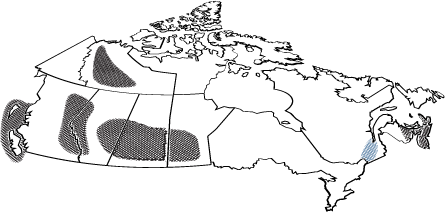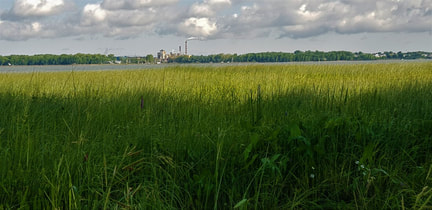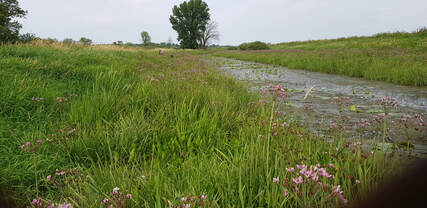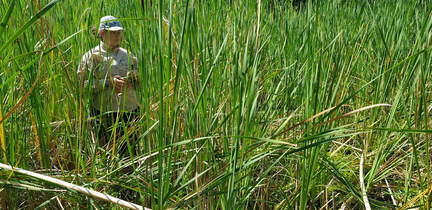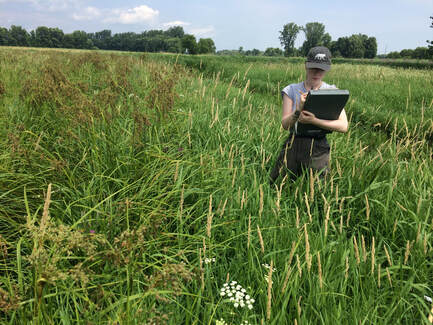LANDSCAPE OVERVIEW
|
The Québec landscape is characterized by the need to conciliate urban, agriculture, tourism, forestry and peat extraction development with the sustainable provision of ecosystem services. ResNet is investigating the economic values of ecosystem services, the relationships between economical drivers and ecosystem services, and methods to plan the conservation and restoration of ecosystem services. This landscape has been split into three sub-landscapes:
|
CHALLENGES FACING THE WORKING LANDSCAPES OF QUEBEC
|
|
|
RESEARCH OBJECTIVES
EXPECTED OUTCOMES We will offer a large body of knowledge on ecosystem services provision, management, conservation and restoration in Québec that will help our partners to plan for the sustainability of ecosystem services extraction by industry along with the conservation of other ecosystem services, such as cultural and regulating ecosystem services. |
FOR RESEARCH QUESTIONS, PLEASE CONTACT:
Monique Poulin, Université Laval
[email protected] - +1 5819943375 - website
Monique Poulin, Université Laval
[email protected] - +1 5819943375 - website
LANDSCAPE 2 TEAM LEAD
LANDSCAPE 2 TEAM
PARTNER ORGANIZATIONS
FEATURED PUBLICATIONS
Coming Soon!
In the meantime, check out our Zotero library.

